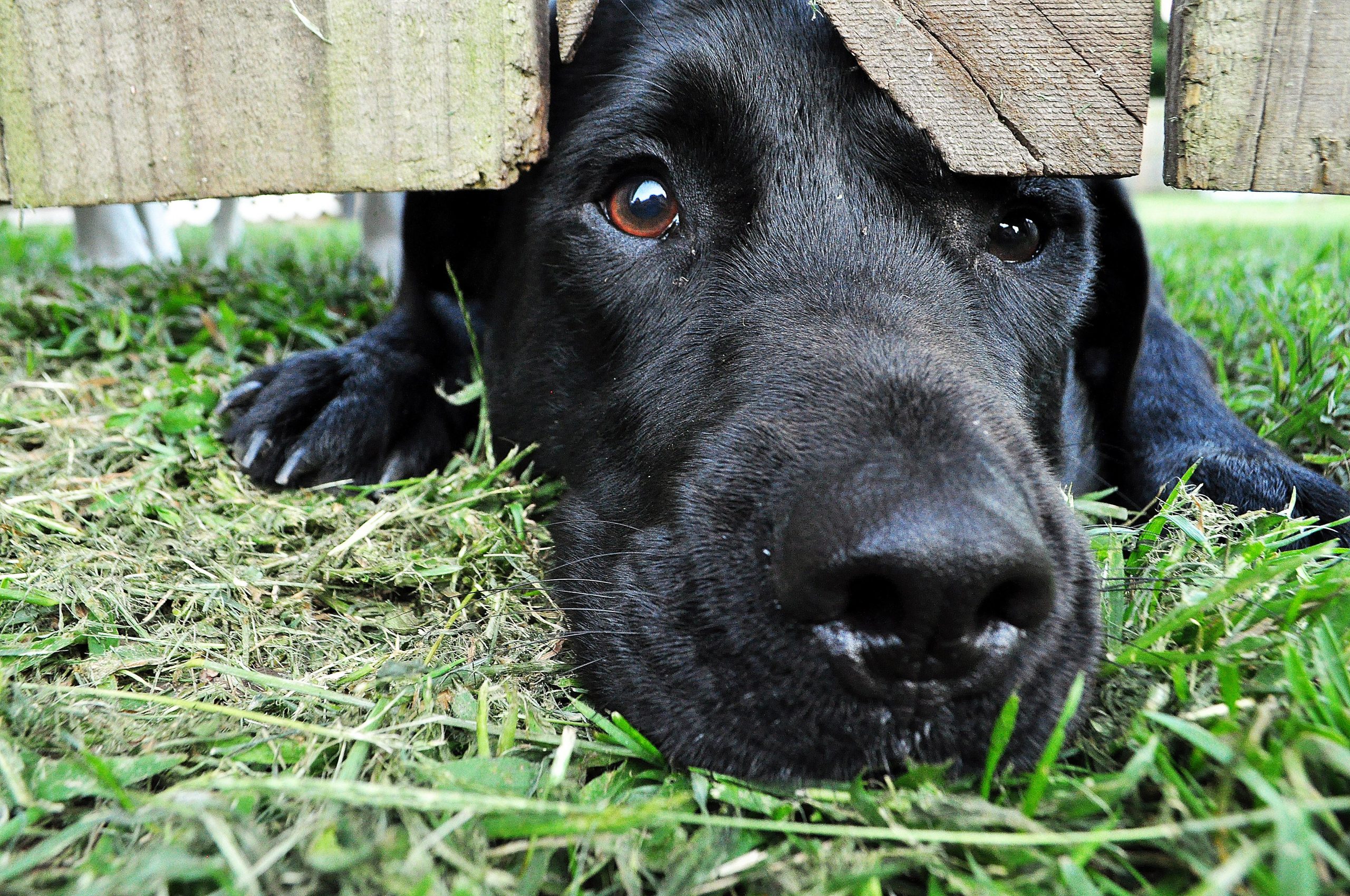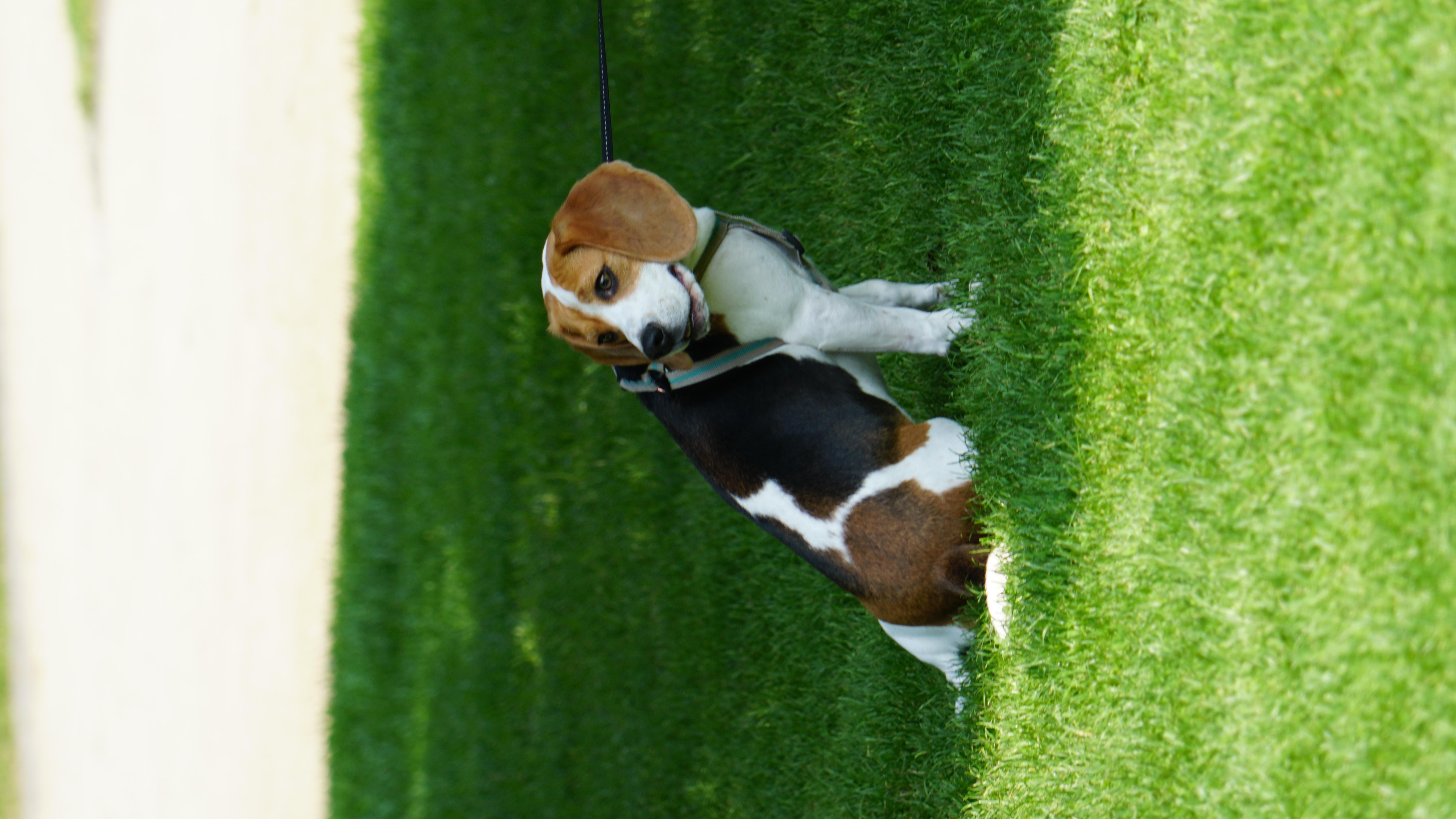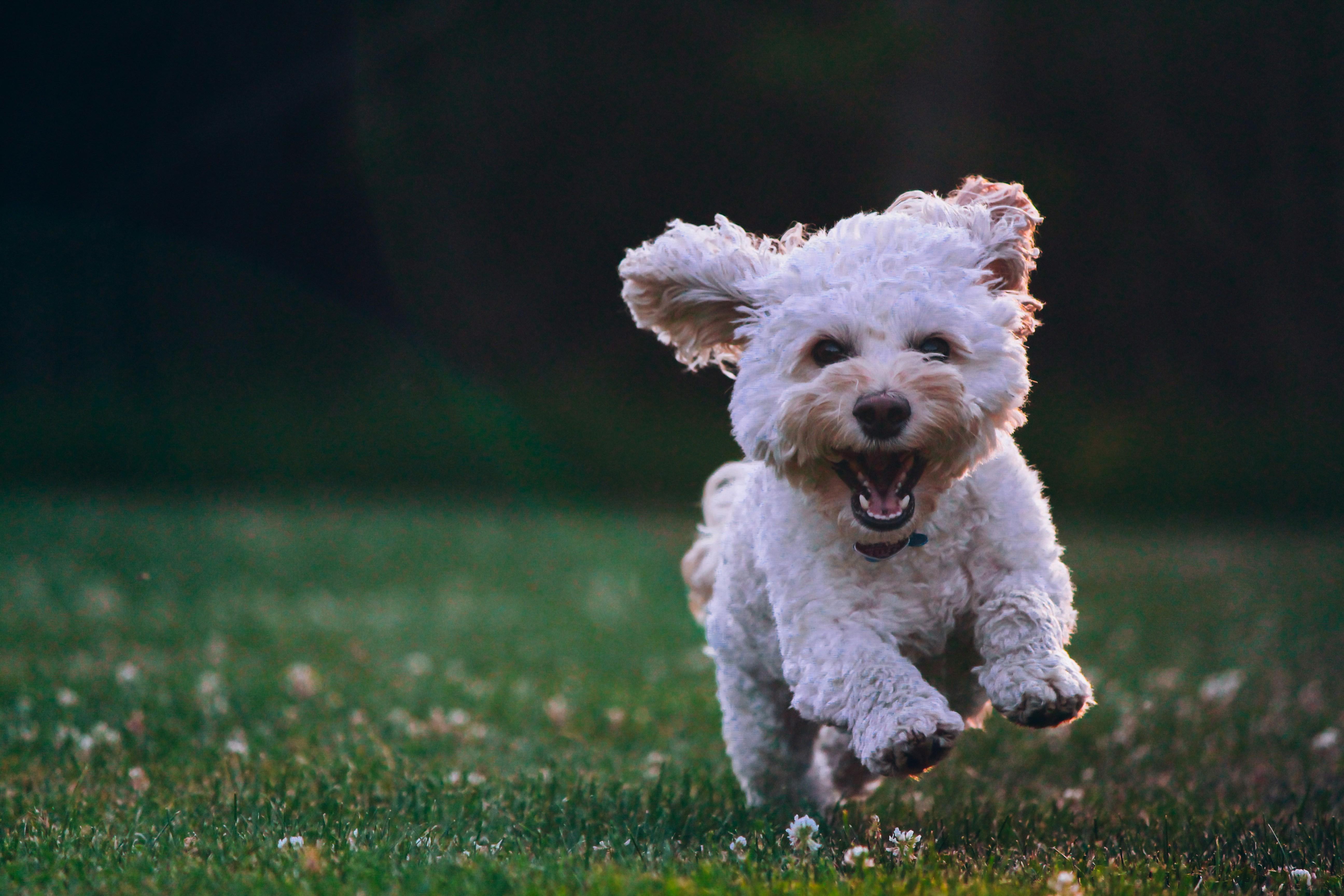Socialization Techniques for Dogs With Separation Anxiety

In the quiet moments when the door clicks shut and the house falls silent, a world of worry unfolds for many dogs left behind. Separation anxiety, a common yet challenging issue, transforms these moments into a symphony of stress, with our canine companions often caught in its relentless grip. As pet owners, the sight of a distressed dog is heart-wrenching, prompting a quest for solutions that can soothe their troubled minds. This article delves into the art of socialization—a vital, yet often overlooked, tool in easing separation anxiety. By exploring innovative techniques and strategies, we aim to bridge the gap between solitude and serenity, offering hope and harmony for both dogs and their human families.
Understanding the Roots of Canine Separation Anxiety
At the heart of many canine behavioral issues, separation anxiety stands out as a prevalent concern among dog owners. Understanding its roots requires delving into the intricate world of a dog’s emotional and psychological well-being. Many dogs experience this form of anxiety due to a lack of early socialization, sudden changes in their environment, or traumatic experiences. Identifying the specific triggers for each dog can be a complex process, often necessitating a deep dive into their past experiences and current environment.
Key factors contributing to separation anxiety include:
- Lack of social exposure: Dogs not introduced to diverse environments, people, and other animals during their formative weeks often develop anxiety.
- Change in routine or environment: Moving to a new home, a change in the owner’s schedule, or even a new household member can trigger anxiety.
- Past trauma: Dogs rescued from abusive situations or those that have experienced a significant loss might be more susceptible.
Addressing these root causes with targeted socialization techniques can help mitigate the effects of separation anxiety, offering a more balanced and stress-free life for both the dog and its owner.
 Safe and Comfortable Environment for Your Dog”>
Safe and Comfortable Environment for Your Dog”>
Creating a Safe and Comfortable Environment for Your Dog
Ensuring your furry friend feels safe and at ease is crucial, especially when they’re dealing with separation anxiety. Begin by creating a dedicated space where your dog can retreat to whenever they feel stressed. This could be a cozy corner with a comfortable bed, toys, and blankets that smell like you. Incorporating calming elements such as soft lighting and soothing music can also help create a serene atmosphere. Consider using scents like lavender or chamomile, known for their relaxing properties, to further enhance the calming environment.
- Consistent Routines: Establish regular feeding, walking, and playtime schedules to provide structure and predictability.
- Interactive Toys: Use puzzle toys or treat-dispensing gadgets to keep your dog mentally stimulated and distracted from your absence.
- Safe Spaces: Create a sanctuary with familiar items where your dog can relax and feel secure.
- Gradual Departures: Practice leaving for short periods and gradually increase the time away to build your dog’s confidence.
Additionally, positive reinforcement through rewards and gentle encouragement can help build your dog’s trust and independence. Be patient and attentive to their needs, and soon, your dog will start feeling more comfortable even when you’re not around.

Interactive Toys and Games to Ease Anxiety
Engaging your furry friend with interactive toys and games can be a game-changer in managing their separation anxiety. These tools not only stimulate their minds but also provide a sense of comfort and distraction when you’re not around. Consider introducing toys that dispense treats or kibble, which can keep them occupied for hours as they work to solve the puzzle. Interactive treat-dispensing toys are particularly effective as they combine mental stimulation with the reward of a tasty treat.
- Puzzle toys: These challenge your dog’s problem-solving skills and can be adjusted in difficulty to keep them engaged.
- Snuffle mats: Hide treats within the layers of the mat to encourage natural foraging behavior, which can be calming for anxious dogs.
- Chew toys: Durable and safe chew toys can provide comfort through the action of chewing, which releases endorphins and reduces stress.
Additionally, interactive games like hide and seek or tug-of-war can also help build your dog’s confidence and reduce anxiety levels. These activities not only provide physical exercise but also encourage bonding, helping to alleviate feelings of loneliness. Incorporating a mix of these toys and games into your dog’s routine can be a powerful way to ease their anxiety and improve their overall well-being.

Training Techniques to Foster Independence
Developing a sense of independence in dogs dealing with separation anxiety requires thoughtful training techniques that gradually build their confidence. Begin by introducing short periods of separation within the home. This could mean leaving your dog in a safe, comfortable space while you step into another room. Slowly increase the time spent apart as your dog becomes more at ease. Make use of interactive toys or puzzles that can captivate your dog’s attention and offer mental stimulation, encouraging them to engage independently.
Incorporate a routine of consistent training exercises that focus on self-control and patience. Practice commands like “stay” and “wait” during everyday activities, reinforcing them with positive rewards. Engage in structured play sessions that require your dog to work through tasks alone, such as finding hidden treats or toys. Establishing a regular exercise schedule can also be beneficial, as physical activity often reduces anxiety and promotes a sense of calm. By combining these techniques, you can help your dog gradually embrace independence while feeling secure and supported.



